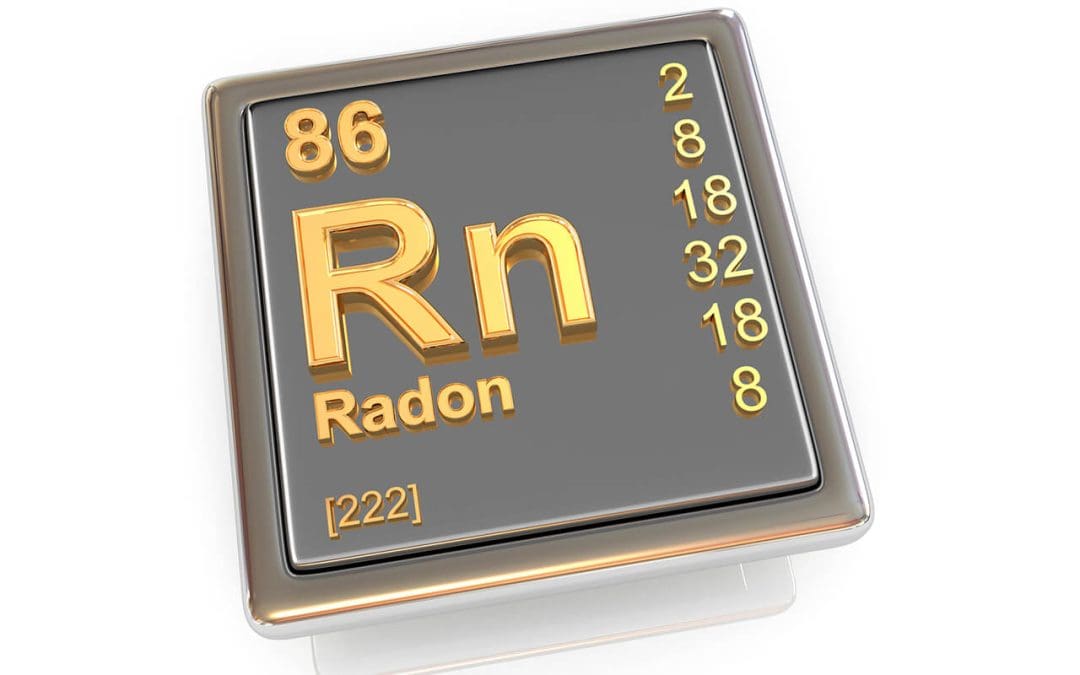Most people know that the number one common cause of lung cancer is smoking cigarettes. Do you know what the second-most cause is? Radon causes lung cancer. It’s invisible and odorless, and it can build up inside your home. In fact, the Environmental Protection Agency estimates that close to 1 out of every 15 homes in the United States has an unsafe level of radon.
What is Radon?
There is little awareness about how radon causes lung cancer, even though it is a serious health issue. Many people only learn about radon when they’re buying or selling a home, since many home inspectors offer radon testing.
Radon is a radioactive gas that naturally seeps up from the ground. Most of the time, radon gas simply comes up through the soil and disperses harmlessly into the air. Outdoor air always has a low level of radon that generally doesn’t cause health problems.
How Radon Causes Lung Cancer
Radon comes into your home through cracks in your home’s foundation and openings around wiring and pipes. When radon gas is trapped inside your home, it can build up to dangerous levels. Unfortunately, since it’s invisible and odorless, you can’t tell that you have a radon problem without testing.
As you breathe in radon, radioactive particles are deposited in your lung tissue. If your home has elevated levels of radon, that means you’re breathing in unsafe amounts of radon every day, year after year.
Nearly 21,000 people die every year from radon-related lung cancer. Radon kills more people than drownings, falls, or even house fires. If you smoke cigarettes and your home has high radon levels, your risk of developing lung cancer is even higher.
Testing Your Home for Radon
Radon levels vary across the country, but even areas with generally low radon levels still have pockets of concentrated radon. The only way to know if your home has high radon levels is to test it. The best way to test your home for radon is to have a professional inspector perform the test. You don’t want to allow any room for error when dealing with this dangerous health hazard.
According to the Environmental Protection Agency:
1.3 pCi/L is the average level for indoor radon.
2.0 to 3.9 pCi/L is a significant level, and you need to consider taking action.
4.0 pCi/L or more is a very high level, and you need to fix the radon problem right away.
Don’t Let Radon Cause Lung Cancer in Your Home
If you discover that your home has high radon levels, don’t panic. Contact a contractor who has experience in remediating radon issues. A radon remediation contractor will pinpoint the areas where radon is seeping in, seal them up, and install a system to suction the radon gas away from the home.
January is National Radon Action Month, so now is the time to test your home for radon. Reduce the risk of your family members getting lung cancer from radon exposure.
Reveal360 Inspection Services provides radon testing and home inspections. Contact us to test your home in Northern Colorado.

